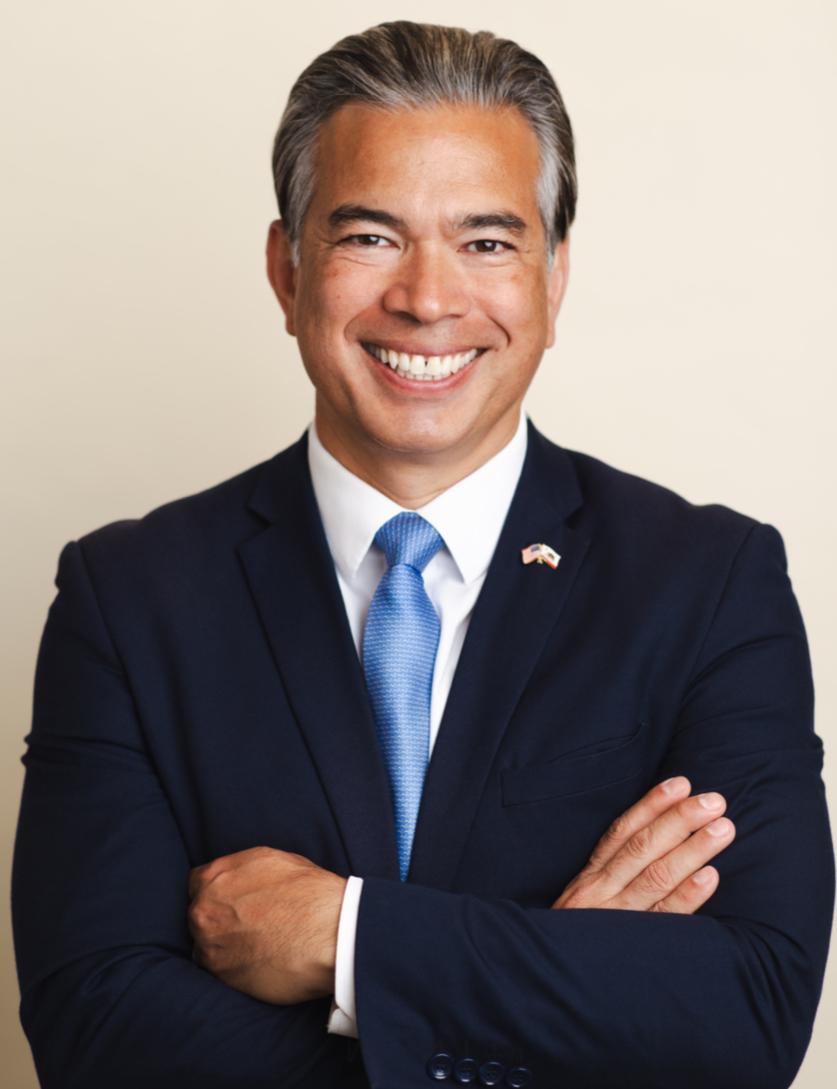
FOLLOWING the violent insurrection at the United States Capitol on Jan. 6, concern over the impact of far-right and radical groups on American democracy became an urgent issue.
Hundreds of rioters donning support for former President Donald Trump stormed the Capitol in an attempt to stop the Electoral College vote count in Congress. Widely spread across social media and news outlets, rioters were seen stealing paraphernalia, vandalizing offices and threatening specific members of Congress.
The infamous digitally-native group QAnon once again made headlines following the attack when it became clear that many of those who perpetrated the illegal break-in of the Capitol proudly proclaimed allegiance to the movement.
In a press briefing on Friday, Jan. 22, experts spoke about the diversity of the far-right movement and the ubiquity of these groups in a post-“fake news” America that brought massive distrust in traditional media and organized bureaucracy.
But QAnon wasn’t the only group present at the siege on Capitol Hill and they are far from the only far-right group that has grown in size and influence.
“When we talk about the far-right, this is really a very broad umbrella and underneath there you’ve got both formal organizations — like the Proud Boys, the Oathkeepers and the Three Percenters,” Colin P. Clarke, assistant professor at Carnegie Mellon’s Institute for Politics and Strategy, said at the briefing.
“But you’ve also got a loose collection of decentralized networks, and that’s a hodgepodge of everything from QAnon to, what I would call, religious extremists like evangelicals who see Trump as the second coming of Christ and, as we saw in images of the Capitol [siege], you have white supremacists and neo-Nazis,” Clarke said, referencing rioters who bore insensitive clothing and signage relating to the Holocaust.
Clarke emphasized the nature of these far-right groups and the anti-Semitism, misogyny and racism that acts as “a connective tissue” among all these groups from the Proud Boys to QAnon to neo-Nazis.
“They’re more unified by what they’re against than what they’re actually for,” he said.
Although the hordes of rioters that stormed Capitol Hill consisted of an ideologically diverse group of people, by far the most talked about is QAnon, a group that until recently had been nothing but a winding, far-reaching internet conspiracy credo.
What is QAnon?
In short, QAnon comprises a broad set of radical philosophies and unfounded theories that posit that Trump is leading a secret war against a Satanic coalition of pedophiles in government, media and entertainment, and business.
It was largely propagated at the start of Trump’s presidency when swaths of Americans (primarily Trump supporters and members of the far-right) falsely believed that former Secretary of State and Democratic presidential candidate Hillary Clinton and other Democrats were perpetuating the non-existent underground pedophile ring.
Much of the core beliefs of QAnon are rooted in anti-Semitism and the age-old and fictitious theory that the world is controlled by a group of largely Jewish elites.
The movement began at the heels of what is known as “Pizzagate” that falsely posited that Clinton was part of “a cabal of elites who were abusing children’’ and that these elites were fronting establishments across the country. One of these fronts included Comet Ping Pong, a pizza restaurant in Washington, D.C., where a believer of Pizzagate carried out an attack on the restaurant in an uninformed attempt to “free the children.”
Specifically, the term QAnon caught on in Oct. 2017 when an anonymous user on the infamous message board 4chan signed off a series of posts as “Q” and claimed to possess a top-secret U.S. security clearance called “Q clearance.” These posts — called “Q drops” — provided alleged intel from the supposed cabal and acted as an insider providing information to the outside.
And what started off as a fringe conspiracy theory group has inflated to a widespread and loosely organized mindset that has found its way into the mainstream through social media sites like Facebook, YouTube, Twitter and Reddit and prominent conservative commentators like Sean Hannity and comedienne Roseanne Barr.
The QAnon culture has branched out into other rogue theories and baseless claims that follow a loose set of beliefs of which the core is the theory that an elite Satanic group is controlling the world and that that they will be executed in their “day of reckoning,” also known as “The Storm.”
According to Meili Criezis, program associate at Polarization and Extremism Research Innovation Lab (PERIL) at American University, many followers of QAnon have surmised that Trump was on their side when he said the phrase “calm before the storm” in a 2017 speech.
“A significant number of Donald Trump supporters have been attached to this QAnon conspiracy theory, and it’s interesting to think about what that could mean for the GOP itself,” Criezis said. “If a large group of GOP supporters has segmented into this QAnon conspiracy theory, it must mean that the GOP must contend with this conspiratorial group within its own party.”
The adjacency between Trump and QAnon became less of a suggestion and more of a blatant connection on Jan. 6 when many of the insurgents at the Capitol riot proudly bore support for QAnon — Ashli Babbit, one of the fatalities of the riot, was found to be a supporter of QAnon and other fringe far-right movements, according to Criezis.
It was widely believed that the insurrection was part of the larger master plan of the enigmatic Q who sought to disrupt the counting of Electoral College votes and prevent the eventual inauguration of President Joe Biden.
But following the official swearing-in of Biden, many far-right supporters “seemed to express disenchantment” and shock that the insurrection did little to stop the inauguration of Biden, according to Criezis. She added that the disillusionment made many supporters feel like the time and energy invested into believing in QAnon’s master plan was all for naught.
But just as many QAnon supporters also feel emboldened to continue the plan, Criezis noted, noting that supporters have expressed stronger support in the QAnon movement on social media.
Despite the massive digital cleansing of QAnon propagators and posts by major tech firms like Facebook, Twitter and YouTube (as well as the suspension of GOP/far-right apps like Parler), groups like this will always find a platform, even through seedier sides of the internet like 4chan and 8chan.
Criezis also noted that the messaging app Telegram, specifically, has become the new hub for QAnon and white supremacists groups and has yet to target QAnon posts in the way that mainstream platforms have over the last month.
“There will be individuals who will always move the goalpost,” she said. “But we should also think about how these conspiracies evolve and what conspiracies can spin-off from QAnon.”






